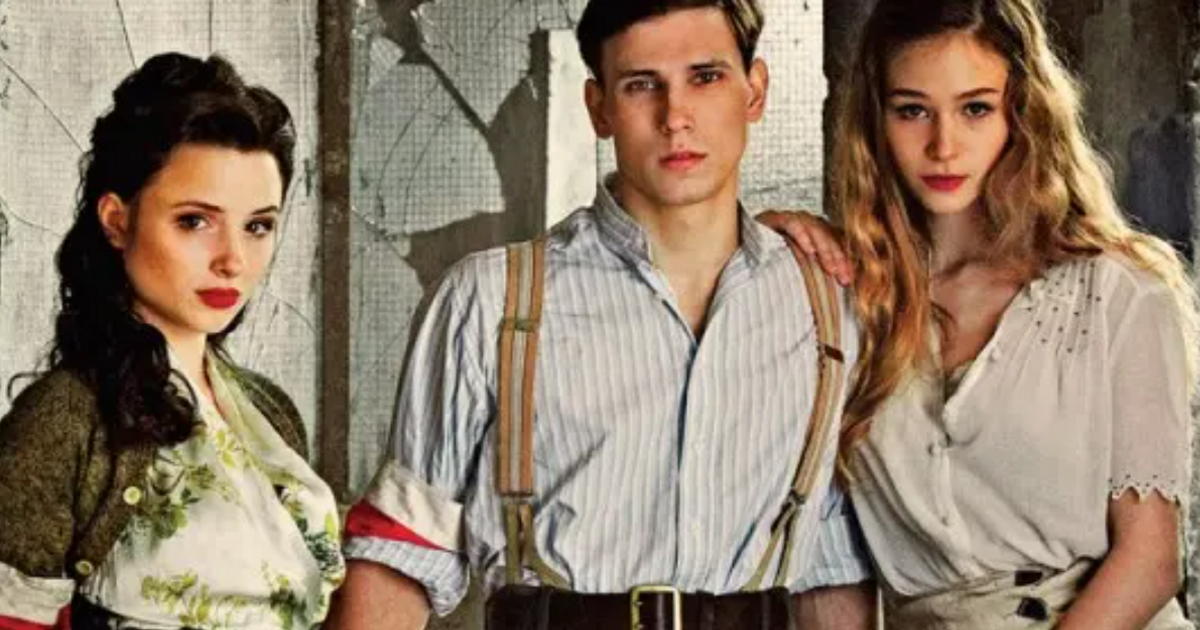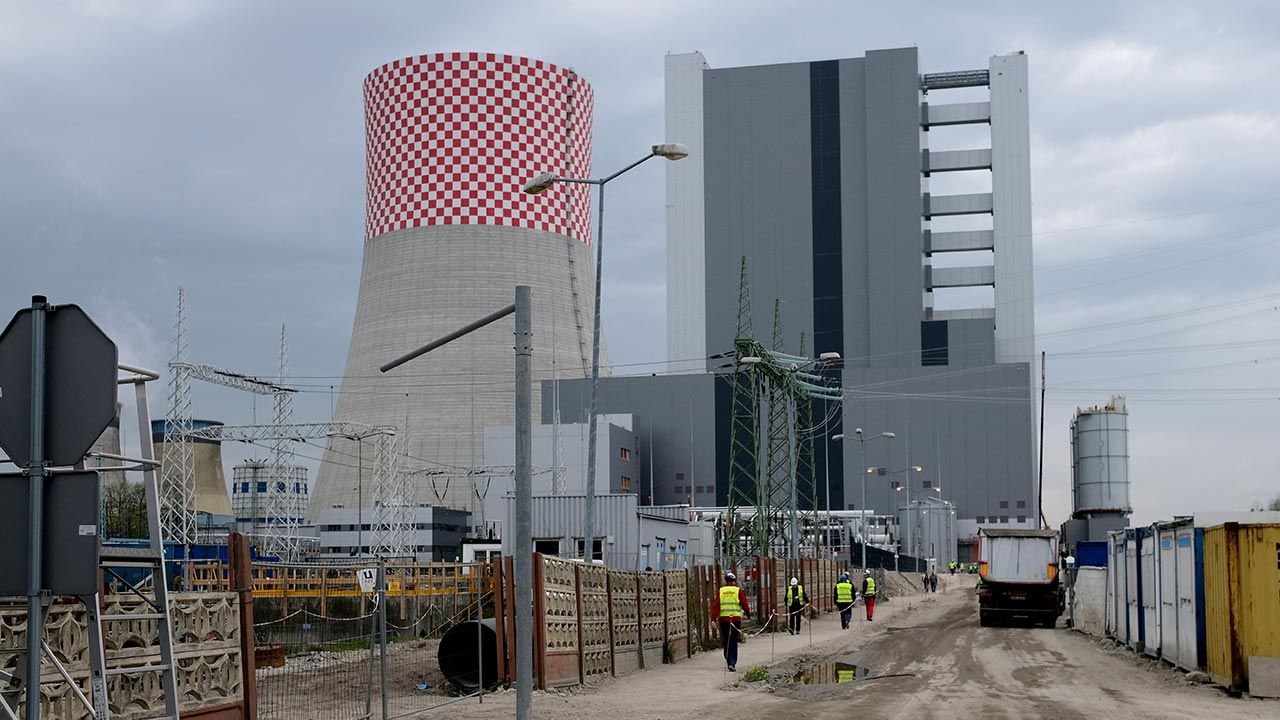Some time ago I remembered a movie called city 44– Jan Komasa from 2014. Until I saw this movie for the first time, I didn’t think that Polish filmmakers would be able to make such a good war movie today, whose action would be absolutely absorbing, and the combat scenes would be realized on a grand scale and without compromising the sense of realism.
A common criticism of the film is that it is gimmicky at times. Indeed, the viewer slow motion They appear in it, but, in my opinion, they do not discourage, because they constitute a kind of detachment, an optical illusion for the creators, without prejudice to the realism in the perception of the whole picture. The famous scene of Stefan running away from bullets in the cemetery with background music This is a strange world– Niemena, made in slow motion, can also be considered, but separating it from the whole, when the viewer does not feel that the whole film is flashy, it simply enriches it and makes a fuss. like dancing balls In the scene of Stefan’s kiss with Pedrónka during the battles with the Germans at the factory, this time to a song by Kasia Sobchik. Someone was therein the background.
There are animated scenes in city 44 a lot. I was most impressed by what happened at the end of the film, when Stefan, after dispersing the black unit, grabs a spade to fight for his life and the lives of his friends, whom he promised to break through to the Vistula River. The emotional charge of this scene is huge. As you know, except for Stefan, all heroes die in it. When we add to it the Renaissance Orlando Di Laso H. Lippi Dish – As background music, we feel a kind of beauty and pain at the same time. It’s hard to say this scene was anticipated throughout the movie, because the whole movie is watched with emotion, but it’s kind of an exaggeration of emotions, the height of emotion, of all we’ve seen so far. Scenes like this in cinema are what make us treat film as a visceral experience and remember it for the rest of our lives.
The strong point of the movie is the music. In the film we hear pre- and post-war songs, as well as contemporary pop songs. We hear Polish, English and German songs. As a result, a diverse musical mix was created, which, apart from the explosive and emotional mix that fills the film, also makes it not vulgar. In this case, Komasa’s film breaks down cultural and generational barriers. Thus, for example, we have a scene where Young people dancing and singing Pre-war blockbuster golden chrysanthemum In the aerial scene of the candlelit courtyard at Cobra and Beta’s wedding, and shortly thereafter, at slow motionTo see our boys and girls tearing through a water-filled basement in full combat readiness with techno music playing in the background. Otherwise captivating. Just like the past few years, Lao Che has been successful with his breakthrough album Warsaw Uprising Connecting generations with the help of the sounds of punk rock, Warsaw slang and Baczyński’s poetry, which is how the creators of Miasto 44 fit into this trend. In general, the music fits perfectly with the film, and at the right moments heightens tension and stirs emotions.
Young actors played in the film as it should be. They feel pain, joy, and fear realistically. The viewer is not subjected to unnecessary torture Gingerbread, descriptions of the so-called acting art. Before us are only flesh-and-blood figures in the turmoil of war. Applause to the creators that this is how they led the actors. We see brave youth, but without heroism, which, if shown in film, could disturb the sense of realism in reception.
One of the main advantages of Miasto 44 is the introduction of Warsaw. For the first time, I had the opportunity to experience this city as if I were watching pre-war postcards or archival films. The sense of realism in communicating with a non-existent Warsaw is unusual in this film. Although plenty of films showing Warsaw during the occupation have been made, they have always been hampered by a synthetic element in this regard. The city is shown in the Kumasi film on a grand scale and with a vast backdrop. We can see the glow of old, non-existent Warsaw, for example, in a wide shot at the beginning of the film, when Stefan is riding a tram, possibly Marszałkowska. Or in the shot after Stefan and Biedronka cross the sewers into Śródmieście, when they get dirty on its streets. In this scene, the creators made sure to show the Prudential skyscraper, one of the symbols of pre-war Warsaw, in the far background. The attentive viewer probably picked it up perfectly.
Miasto 44 is primarily a depiction of the war during the uprising. Battles take place inside buildings, on the streets, and in ruins. These scenes are executed exactly as they should be and are amazing to watch. When a grenade goes off inside a building, it doesn’t make an impression Overclocking Explosion effect as in most war films, also in open spaces. Also, there is no element of fatigue and satiety during the show due to the large number of explosions and gunfights, as is the case in most American films, although the film was filled with them to a large extent. Everything is technically plausible as part of the story.
You won’t find much on Miasto 44, save for small exceptions flexion. The drama of the dying city and its inhabitants is carefully shown. The viewer is not spared from brutality, but brutality and human drama are two inseparable elements of the uprising. There is a time for singing, dancing, pain, and fear in the film. The film is simply a story about a dying city and with it a dying generation of young Poles who throw into the gears of the war machine and grind it to dust.
Miasto 44 is a good movie, even if it’s very good, with flesh-and-blood characters, suspenseful action, good special effects and very touching scenes, that is, it has everything you should expect when going to the cinema.
It is often seen as the epitome of a typical war movie, Private Ryan— Spielberg, pale in comparison to the city of 44. The battles in the town of Normandy at the end of Spielberg’s film, compared to the Polish film, are an amateur Western shoot that manages to captivate the audience and convince them that they are handling the scenes of well-made scenes. Although, by the way, it’s fair to say that the fights on Omaha Beach in the same movie are pretty well done. But in general, it turns out as usual, i.e. contact joy to joy Accompanied by pathos, as in most foreign war films, with perhaps an exception Thin red lineMalik, but that’s a slightly different story.
After creating Miasto 44, Hollywood should learn from the Poles how war films should be made. It’s hard to even imagine what kind of movie Komasa would have made if he had at least half of the money for an average war movie from overseas. Deep arcs for a heavy dose of the extraordinary emotions and experiences of all Miasto 44 creators.
note. My old text after appropriate corrections and editing.

“Amateur social media maven. Pop cultureaholic. Troublemaker. Internet evangelist. Typical bacon ninja. Communicator. Zombie aficionado.”










